Description
A Separate Canaan, The Making of an Afro-Moravian World in North Carolina, 1763-1840, by Jon F. Sensbach; paperback; 372 pages; published 1998
In colonial North Carolina, German-speaking settlers from the Moravian Church founded a religious refuge – an ideal society, they hoped, whose blueprint for daily life was the Bible and whose Chief Elder was Christ himself. As the community’s demand for labor grew, the Moravian Brethren bought slaves to help operate their farms, shops, and industries. Moravians believed in the universalism of the gospel and baptized dozens of African Americans, who became full members of the tightly knit Moravian congregations. For decades, white and black Brethren worked and worshiped together – though white Moravians never abandoned their belief that black slavery was ordained by God.
Based on German church documents, including dozens of rare biographies of black Moravians, A Separate Canaan is the first full-length study of contact between people of German and African descent in early America. Exploring the fluidity of race in Revolutionary era America, it highlights the struggle of African Americans to secure their fragile place in a culture unwilling to give them full human rights. In the early nineteenth century, white Moravians forsook their spiritual inclusiveness, installing blacks in a separate church. Just as white Americans throughout the new republic rejected African American equality, the Moravian story illustrates the power of slavery and race to overwhelm other ideals.
The Old Salem Museums & Gardens Hidden Town Project was initiated in December 2016 with a mission: To Research and Reveal the History of People of African descent in Salem. The history is complicated, and the research-based project is focused on identifying people and building their biographies, as well as understanding their lives within the white Moravian world. The voluminous records of the Moravian Archives provide insight and information about people and changes through time.
The Hidden Town Project builds on several decades of work at Old Salem, especially beginning in 1989 with the restoration of St. Philips Moravian Church and the accompanying discovery process through scholarship in the archives and through archaeology. Historian Jon Sensbach, PhD, began his research in the mid-1980s and Archaeologist Leland Ferguson, PhD, began excavation on the graveyards in the early 1990s. We are proud to offer their important publications on our website.

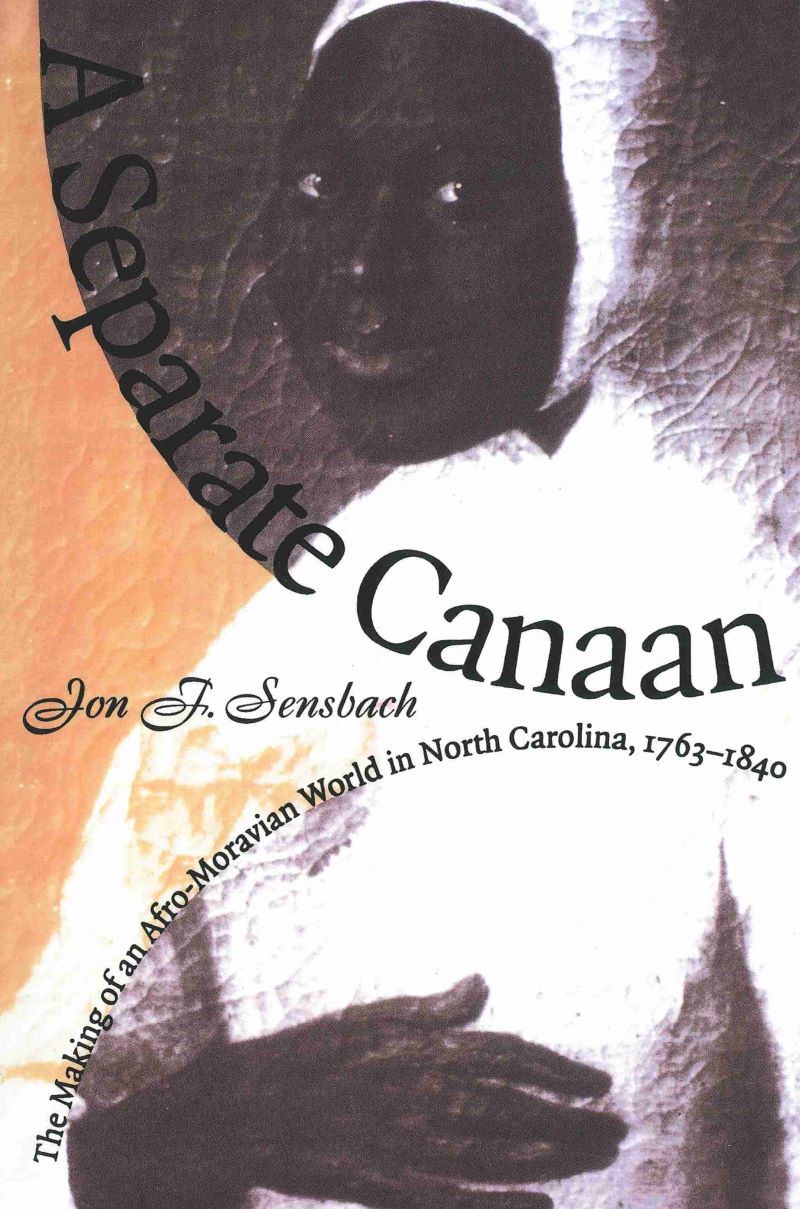
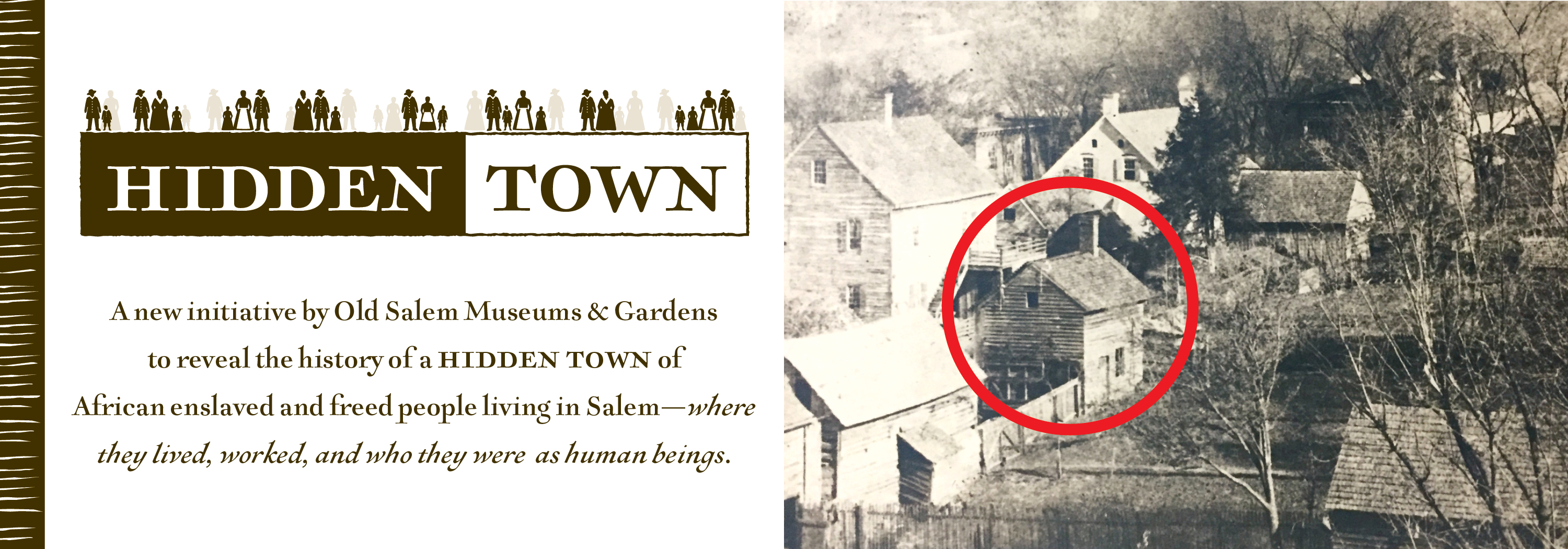
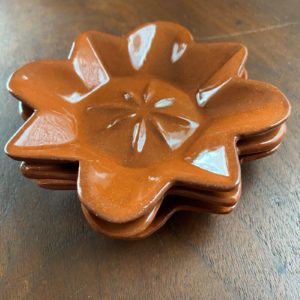
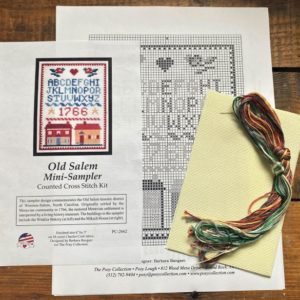
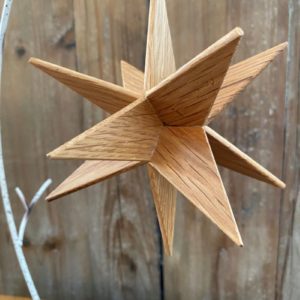
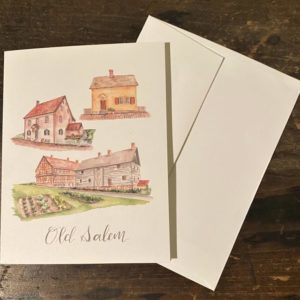
Reviews
There are no reviews yet.